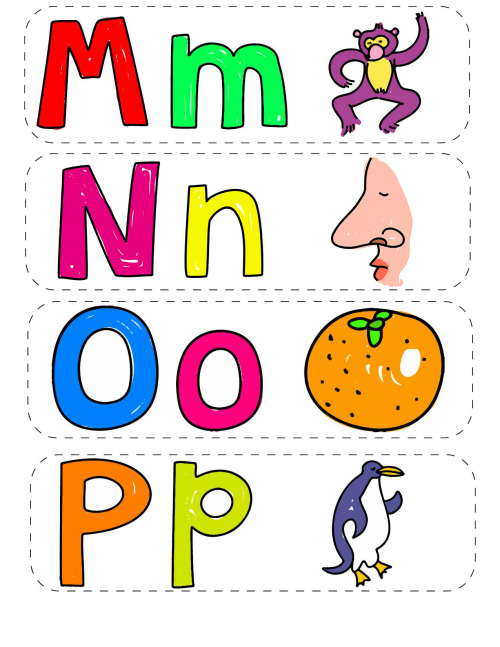
新入荷再入荷
エスパークス 大量まとめて 主に7~9弾 ノート手帳下敷き缶ペン鉛筆札束メモカードダスキン消しテレカコロコロ付録販促ポスターなど
 タイムセール
タイムセール
終了まで
00
00
00
999円以上お買上げで送料無料(※)
999円以上お買上げで代引き手数料無料
999円以上お買上げで代引き手数料無料
通販と店舗では販売価格や税表示が異なる場合がございます。また店頭ではすでに品切れの場合もございます。予めご了承ください。
商品詳細情報
| 管理番号 | 新品 :53064690 | 発売日 | 2024/05/12 | 定価 | 10,000円 | 型番 | 53064690 | ||
|---|---|---|---|---|---|---|---|---|---|
| カテゴリ | |||||||||
エスパークス 大量まとめて 主に7~9弾 ノート手帳下敷き缶ペン鉛筆札束メモカードダスキン消しテレカコロコロ付録販促ポスターなど
★主な特徴など
エスパークスまとめ売りです。
主に第7~9弾のアイテムです。
ノート、手帳、下敷き、鉛筆、缶ペンケース、札束メモ、カードダス、テレカ、コロコロコミック付録、ファンレター返信、切り抜きなどです。
★1993年頃からの長期保管品です。
特に厳重に保管していたわけではありません。
文房具としては未使用なのものもありますが、傷、劣化などはあります。
普通に文房具として使っていたものもあります。
缶ペンなど、付属品の欠品などもあると思います。
テレカは未使用です。
ご覧の環境などにより、実物と色合いが異なる場合があります。
★注意事項など
極度に商品の落札後の返品には応じられません。
かんたん決済の支払い期限内に、迅速な支払いをお願いします。
期限が過ぎても支払いが頂けない場合は、落札者都合で削除する場合があります。
新規IDの方や、評価や過去の取引に不安のある方の入札・落札は、予告なく取り消しや削除する場合があります。
以上の点をご了承頂ける方のみ、入札をご検討ください。
★














































